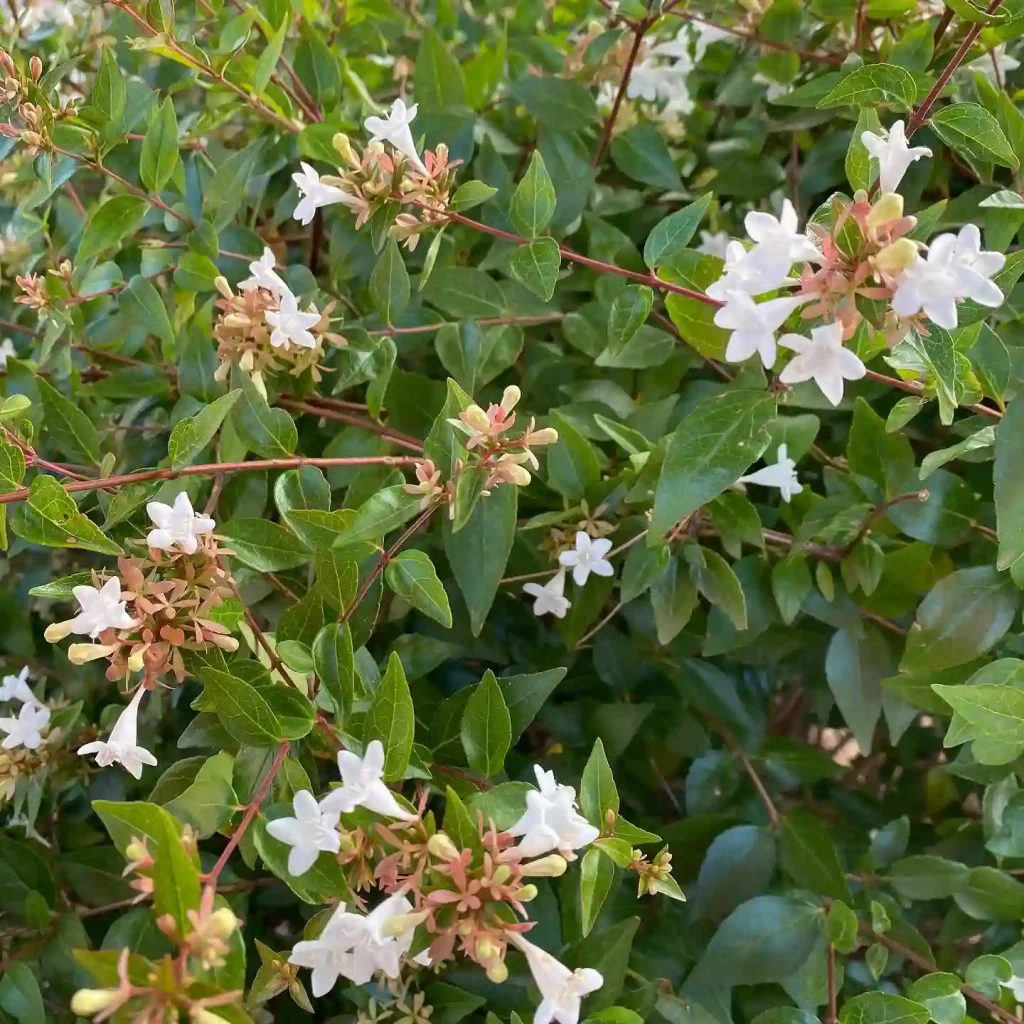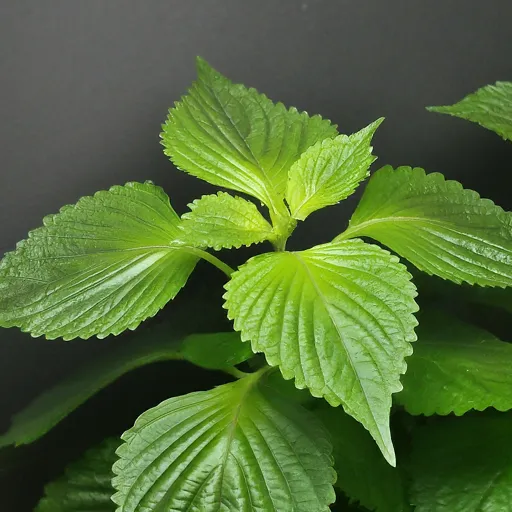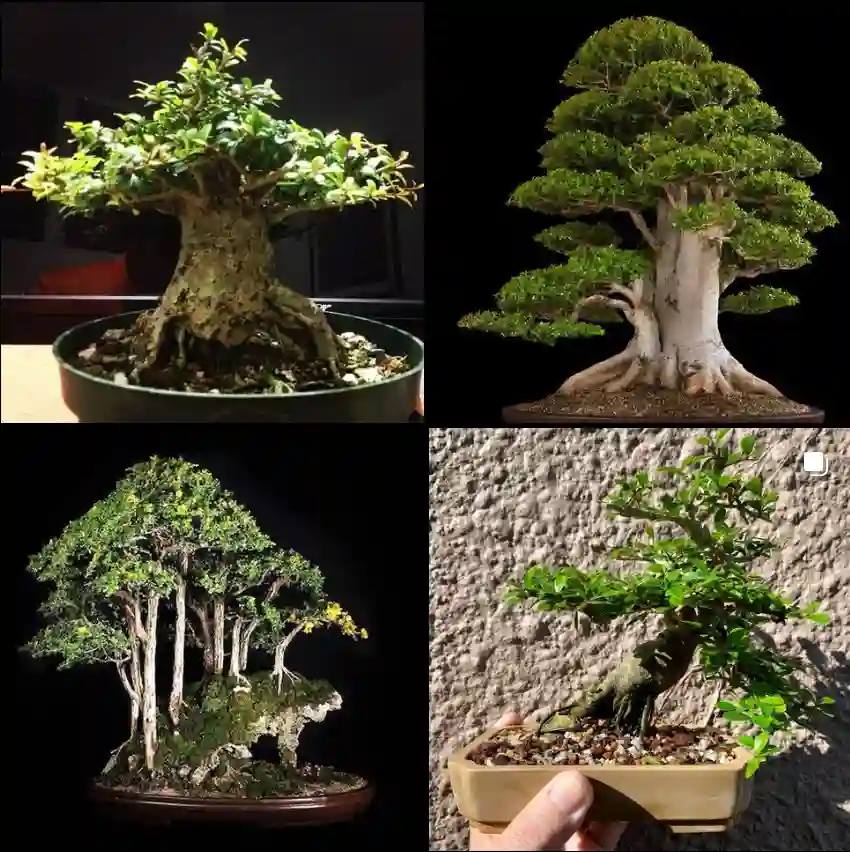
Triticum: A World of Wheat
As a plant enthusiast, I’ve always been fascinated by the diversity of the natural world. One genus that particularly piques my interest is Triticum, more commonly known as wheat. This genus of grasses, belonging to the Poaceae family, holds immense significance for humanity, being a staple food source for billions across the globe.
The Significance of Triticum
Wheat, a cornerstone of human civilization, has been cultivated for millennia. Its grains, packed with carbohydrates and protein, are ground into flour to produce bread, pasta, and countless other culinary delights. The impact of Triticum on our history, culture, and diet is undeniable. From the fertile crescent of ancient Mesopotamia to the vast fields of modern agriculture, wheat cultivation has shaped landscapes and societies.
Delving into Diversity: Triticum Species
The genus Triticum encompasses a diverse array of species, each with unique characteristics and uses. Here are:
- Triticum aestivum: Commonly known as bread wheat, Triticum aestivum is the most widely cultivated wheat species globally, used primarily for bread, pasta, and other staple foods. This hexaploid wheat has a soft and adaptable grain, making it suitable for diverse environments and a major staple in food systems worldwide. Its genetic versatility has allowed for extensive breeding to enhance yield, disease resistance, and nutritional quality, making it central to global food security.
- Triticum monococcum: Also called einkorn wheat, Triticum monococcum is one of the earliest domesticated wheat species, dating back around 10,000 years. This diploid wheat has smaller seeds and is high in nutrients, with a distinctive, slightly nutty flavor that makes it popular among heritage grain enthusiasts. Although it fell out of favor due to lower yields compared to modern wheat, einkorn is now appreciated for its rustic qualities and resistance to certain diseases, fitting well in sustainable and organic farming.
- Triticum timopheevii: Triticum timopheevii, known as Timopheev’s wheat, is a tetraploid species that originated in the Caucasus region. It is adapted to more marginal environments and is primarily used in regions where resilience against drought and disease is necessary. Timopheevii wheat has a more limited role in human consumption compared to other species, but it holds value in breeding programs for its genetic traits, which contribute to crop resilience and sustainability.
- Triticum turgidum: This tetraploid species, which includes durum wheat (T. turgidum subsp. durum), is most famous for its use in pasta and couscous. Known for its hard texture and high protein content, Triticum turgidum thrives in dry, warm climates and has been a staple in Mediterranean and Middle Eastern diets for centuries. Durum wheat’s unique characteristics make it ideal for pasta production and artisanal bread, contributing significantly to global culinary traditions.
- Triticum urartu: Triticum urartu is a wild diploid wheat species native to the Fertile Crescent, believed to be one of the progenitors of modern tetraploid and hexaploid wheat species. While it is not cultivated for direct human consumption, its genetic material has been invaluable in understanding wheat evolution and improving modern wheat varieties. T. urartu is particularly valued in breeding programs for its disease resistance and adaptability to harsh environments.
- Triticum × zhukovskyi: This hexaploid species, often referred to as Zhukovsky wheat, is a naturally occurring hybrid of Triticum timopheevii and Triticum monococcum. Found primarily in the Caucasus region, Triticum × zhukovskyi is rare and not widely cultivated but is studied for its unique genetics and hybrid vigor. Its adaptability to different climates and genetic diversity make it an asset in breeding research, especially in efforts to improve disease resistance and environmental resilience in wheat crops.
The Botany of Wheat
Wheat plants are characterized by their slender, upright stems and long, narrow leaves. The flowers are arranged in spikelets, which form a dense spike at the tip of the stem. Each spikelet contains several florets, which develop into the wheat kernels we consume.
FAQs
Is cream of wheat healthy?
Cream of wheat has been a staple in my breakfast routine for years. I love that it’s a blank canvas for flavors. Sometimes I go sweet with berries and a drizzle of maple syrup, and other days I keep it savory with chopped veggies and a sprinkle of cheese. It definitely keeps me feeling full until lunchtime, which is a must for my busy mornings. I know it’s fortified with iron and vitamins, but honestly, what keeps me coming back for more is that warm, comforting taste – it reminds me of cozy mornings at home as a kid.
How to make cream of wheat?
I swear, making cream of wheat is almost foolproof! I usually use a mix of milk and water for a creamier taste. I heat that up in a saucepan until it’s just starting to bubble, then slowly whisk in the Cream of Wheat. It’s so important to keep whisking to avoid lumps! After a couple of minutes, it thickens up perfectly. Then, it’s time for the fun part – toppings! My go-to is usually a handful of berries and a drizzle of honey, but sometimes I’ll go all out with brown sugar, cinnamon, and chopped nuts for a decadent treat.
Is bulgur wheat gluten free?
Sadly, bulgur wheat is not gluten-free. It’s actually made from whole wheat grains, so for anyone with gluten sensitivities or celiac disease, it’s definitely a no-go. That was a tough lesson to learn early in my gluten-free journey since I really enjoy the nutty flavor and chewy texture. Luckily, there are plenty of great gluten-free alternatives like quinoa or buckwheat that provide a similar satisfying bite.
Is sushi wheat free?
Sushi can be tricky! The main ingredients themselves – rice, fish, seaweed – are naturally gluten-free. However, that’s where things get complicated. Soy sauce almost always contains wheat, which rules out most sushi rolls. Imitation crab can sometimes have hidden wheat ingredients too. Plus, there’s the potential for cross-contamination in a busy sushi restaurant. I’ve learned it’s always best to talk to my server or even the sushi chef directly. There are often a few safe options like sashimi, and some places have dedicated gluten-free soy sauce and preparation areas!
When to plant winter wheat?
Unfortunately, I can’t give you super specific advice on when to plant winter wheat since the ideal time varies depending on your location’s climate. It’s all about striking a balance – you need to plant late enough that the wheat won’t start growing heavily before winter arrives, but early enough that the plants have time to establish good roots before the ground freezes.
Your best bet would be to check with your local agricultural extension service or a nearby farmer specializing in wheat. They’ll have the most up-to-date and reliable guidelines for the area.
Are soba noodles wheat free?
Soba noodles can be a bit confusing! Traditionally, pure soba noodles are made with buckwheat, which is naturally gluten-free and has a lovely earthy flavor. However, these days, many soba noodles you find at the store are a mixture of buckwheat and wheat flour. That makes them a no-go for me since I try to maintain a gluten-free diet. Luckily, there are brands that specialize in 100% buckwheat soba, often advertised as “juwari soba.” I usually find these in the international food aisle of my grocery store or at a local Asian market.
Is it illegal to grow wheat at home?
In most places, it’s perfectly legal to grow wheat at home for your own personal use. It’s a fun and satisfying way to connect to your food! However, there can be some restrictions if you want to sell or distribute the wheat you’ve grown, especially in larger quantities. Regulations can differ by country and even by region, so if you’re interested in growing wheat for anything beyond your own pantry, it’s a good idea to check with your local agricultural authority to be sure you’re following the rules.
When to harvest wheat?
Knowing when to harvest wheat is a bit of an art form I’m still trying to perfect myself! You want the kernels to be fully mature and hard. If you squeeze them, they shouldn’t have that milky softness when they’re still developing. The whole stalk should have turned a golden brown color, and the leaves should be dry. I like to test a few kernels by biting them – if they’re nice and crunchy, it’s usually a good sign they’re ready to harvest.
Do deer eat wheat?
Deer absolutely love wheat! They find it super tasty, especially young, tender shoots. I’ve even seen them munching on the mature seed heads when other food sources get scarce. If you’re trying to grow wheat in an area with a lot of deer, it can definitely be a challenge. They’re determined little critters and can quickly decimate a crop if you’re not careful.
What is wheat color?
Wheat color is a soft, warm shade of yellow. It’s inspired by the golden color of ripe wheat fields just before harvest. Imagine the color of freshly baked bread with just a touch of sunshine – that’s the essence of wheat. It’s a cozy and inviting color that makes me think of natural textures and a comforting, rustic feel.
What does wheat symbolize?
Wheat holds a lot of powerful symbolism across different cultures. For me, it primarily represents nourishment and abundance. It’s one of the oldest cultivated crops, a staple food for so many people around the world. That makes it a symbol of sustenance and the foundation of life. Wheat also represents the cycle of seasons – the planting, the growth, the harvest – mirroring our own cycle of growth and renewal. I find that symbolism really comforting in a way, it makes me feel connected to something larger than myself.
Do cows eat wheat?
Cows can eat wheat, but it’s not a natural part of their diet. In a pinch, wheat can offer them energy and nutrients, however, it needs to be introduced very carefully. Their stomachs are designed primarily for grasses and roughage, so too much wheat too quickly can make them really sick. Farmers sometimes use wheat as a supplement for cows, but only in small amounts and always mixed with other feed to keep their digestion balanced.
What animals eat wheat?
Lots of animals love to munch on wheat! It’s a tasty and accessible food source for them.
Livestock: Animals like cattle, sheep, goats, and chickens often have wheat included in their feed mixes.
Birds: All sorts of birds, from wild ones like sparrows and pigeons to domesticated ones like chickens, enjoy pecking at wheat kernels.
Rodents: Rats, mice, and other rodents will happily snack on wheat if they can find it.
Deer: Wheat, especially young shoots, are a real treat for deer.
Of course, wheat shouldn’t be the only thing these animals eat, but it can play a role in their diet!
The Future of Triticum
As the global population continues to grow, the demand for wheat is expected to increase. Researchers are constantly working to improve wheat varieties, focusing on yield, disease resistance, and nutritional content. Genetic modification and traditional breeding techniques are being employed to develop wheat that can thrive in challenging environments and contribute to global food security.
The story of Triticum is one of resilience, adaptability, and enduring importance. As we continue to depend on this remarkable genus for sustenance, it is crucial to understand its diversity, appreciate its history, and support its sustainable cultivation.
If i die, water my plants!



